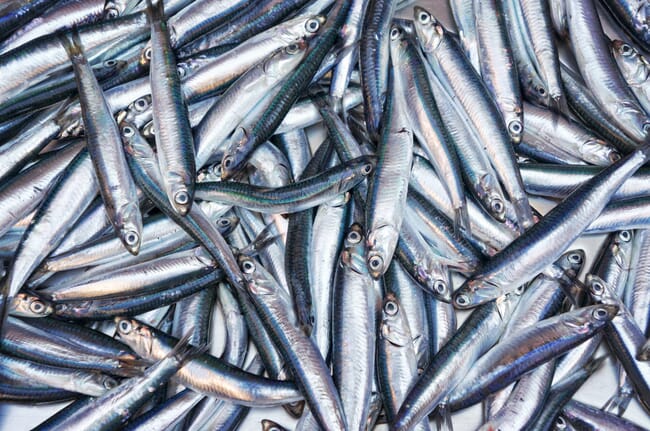
The F3 Challenge – Carnivore Edition will offer the cash to the contestants that produce and sell the most ‘fish-free feeds’ in each of three categories – salmonid, shrimp, and other carnivorous species – without using wild-caught fish or any marine-animal ingredients.
Five companies have already registered for the contest, and most are seeking partners. For a list of current participants, including contact information, visit: https://f3challenge.org/participants.
Contest registration is currently open, and a new timeline for the competition will be announced at a later date.
The feeds for all categories must not contain any ingredients consisting of or derived from marine animals, including – but not limited to – fish, squid, shrimp, or krill. For official contest rules, visit: https://f3challenge.org/.
Each year, an estimated 16 million tonnes of wild fish are caught exclusively for use as fishmeal and fish oil in global food production. Salmon aquaculture, one of the fastest growing food production systems in the world, supplies roughly 70 percent, or 2.5 million tonnes, of all salmon produced. Salmon farms use over 20 percent of the fishmeal and 60 percent of the fish oil consumed by the aquaculture sector.
Today, over half of the global shrimp supply is farmed. Global shrimp farm production, which reached nearly 4 million tonnes in 2018 according to the UN Food and Agricultural Organization, is also one of the dominant consumers of the global fishmeal supply.
A recent study found that if ‘business as usual’ continues, forage fisheries will reach ecological limits by 2037. The F3 Challenge aims to make it unnecessary to use wild fish in feeds, so that they can remain in the environment for other species, and aquaculture’s growth becomes unconstrained from wild resource availability, assuring greater food security in the future.




